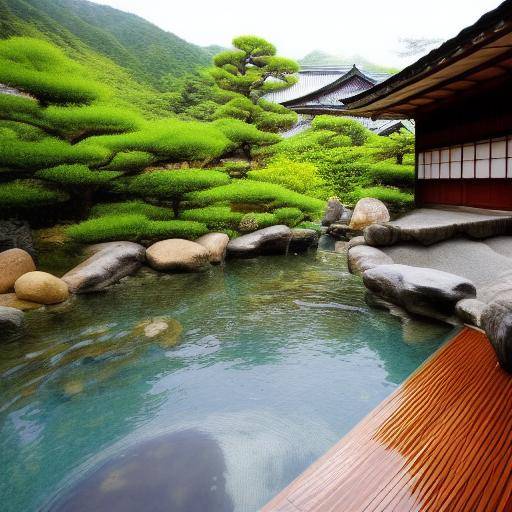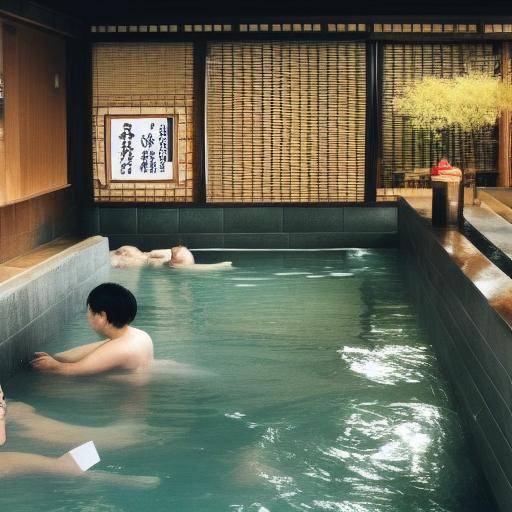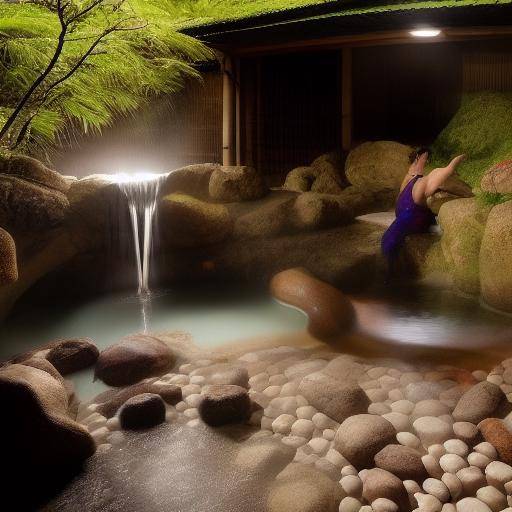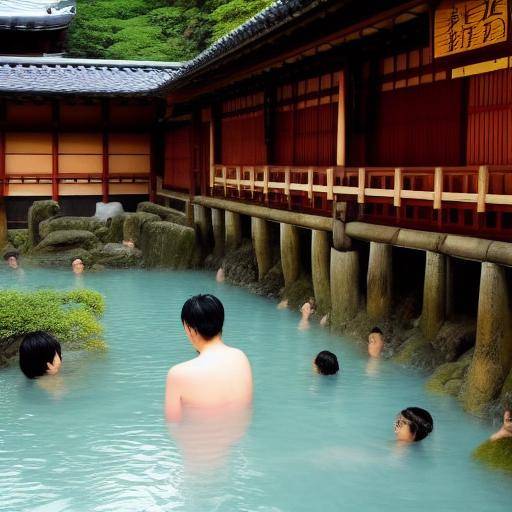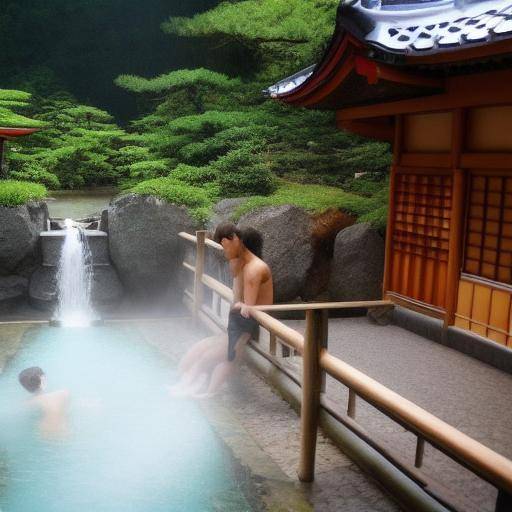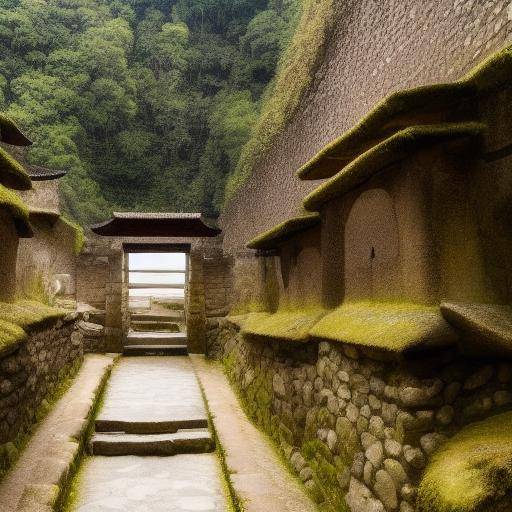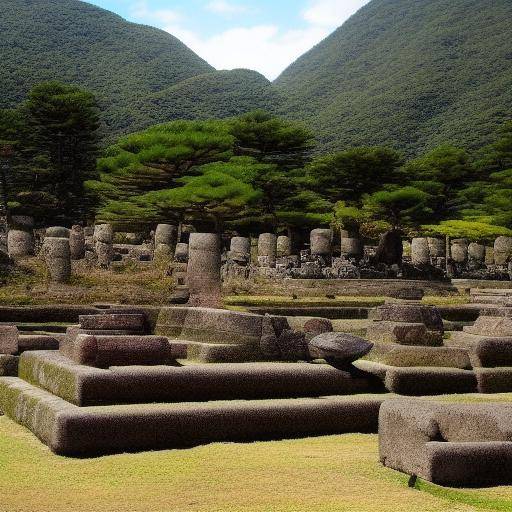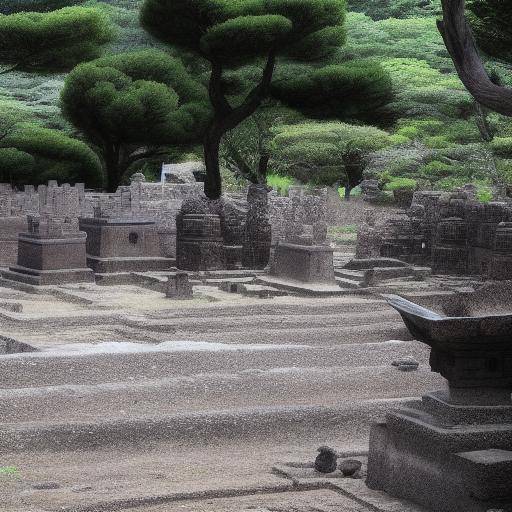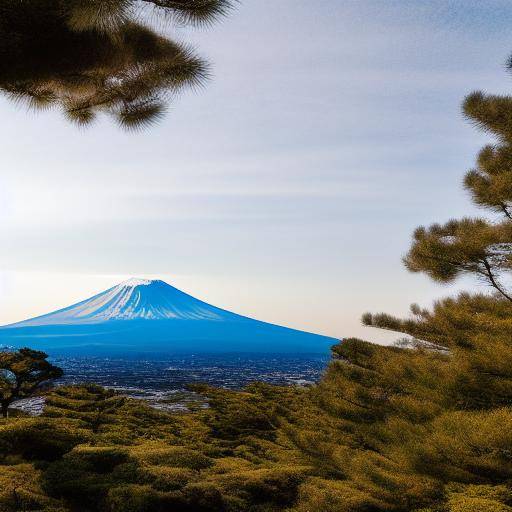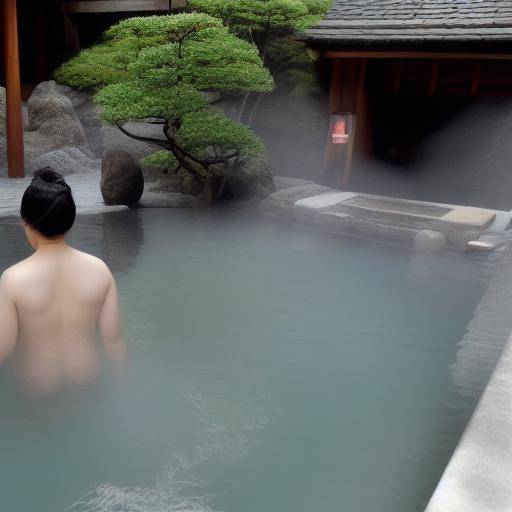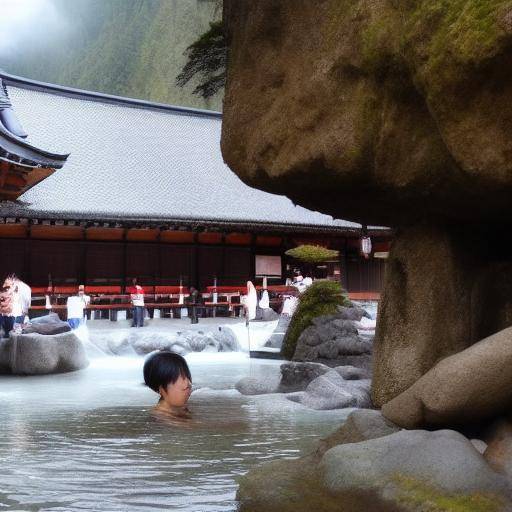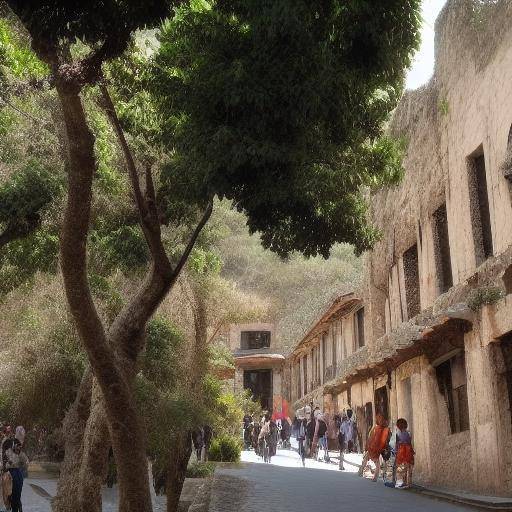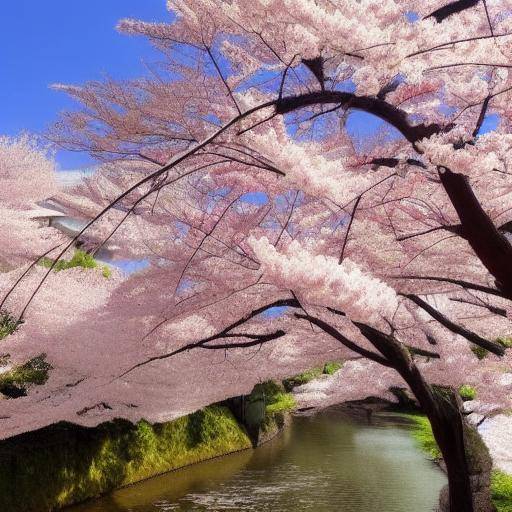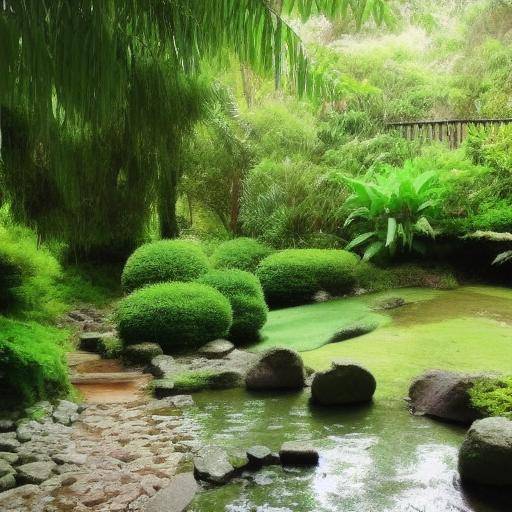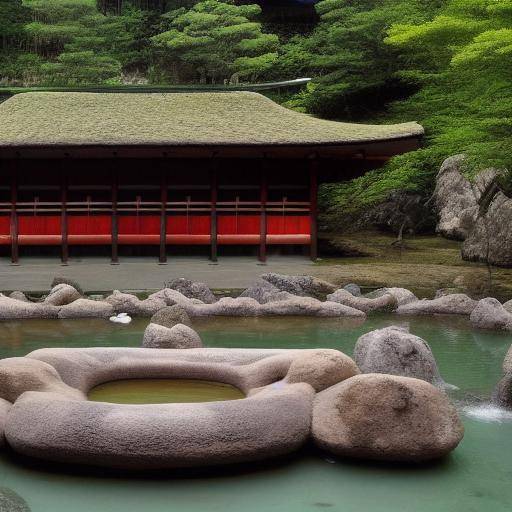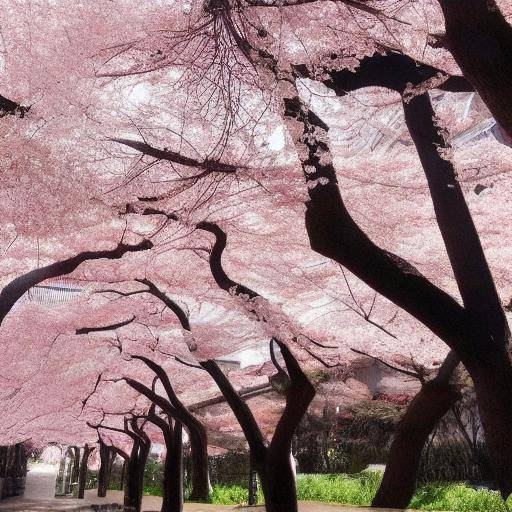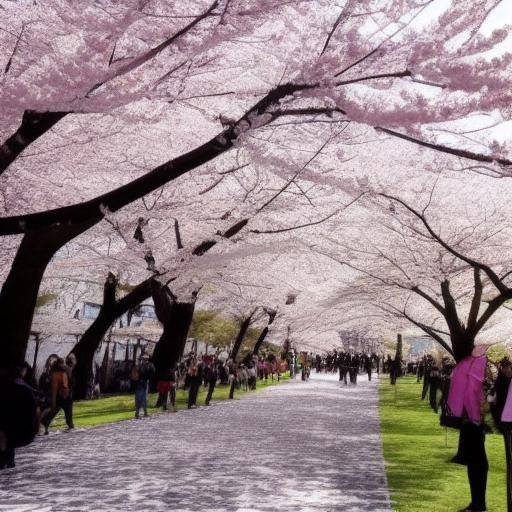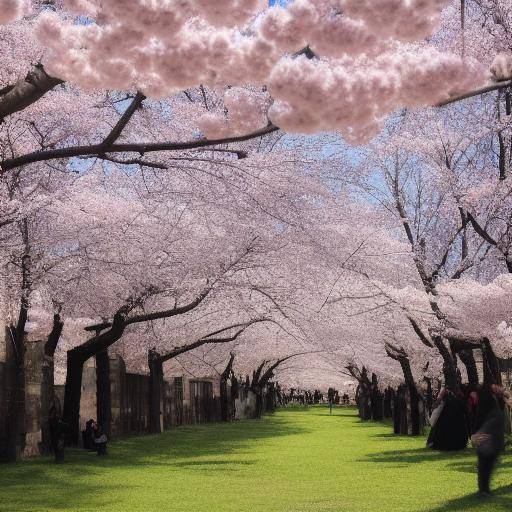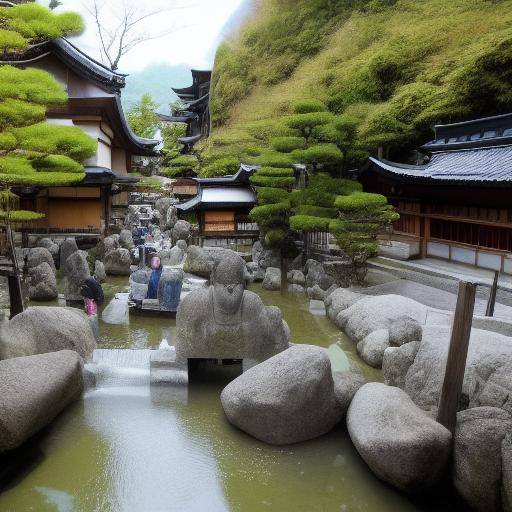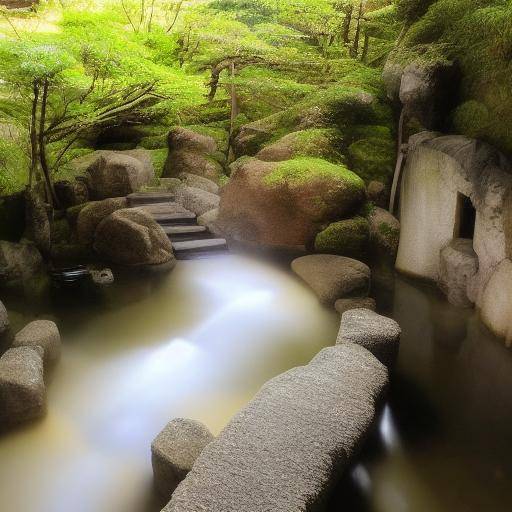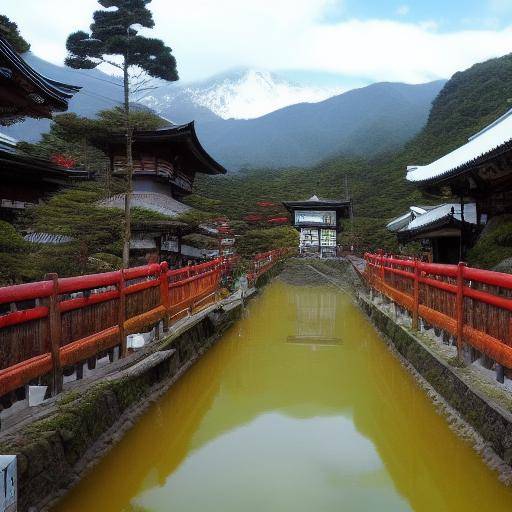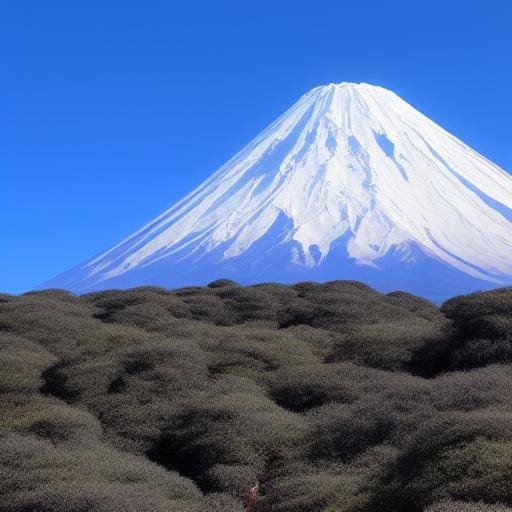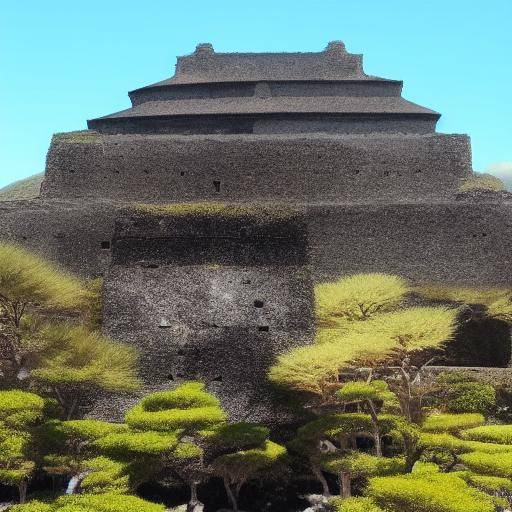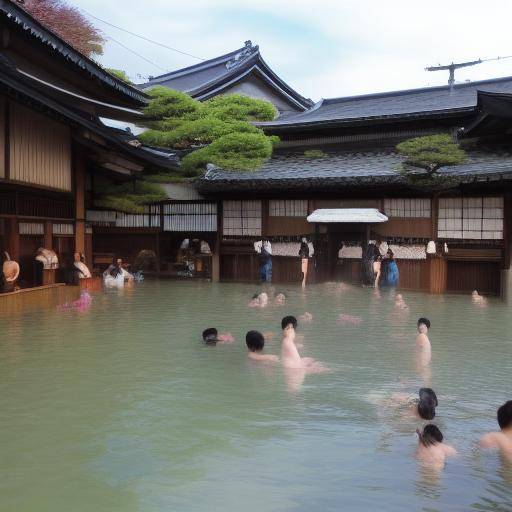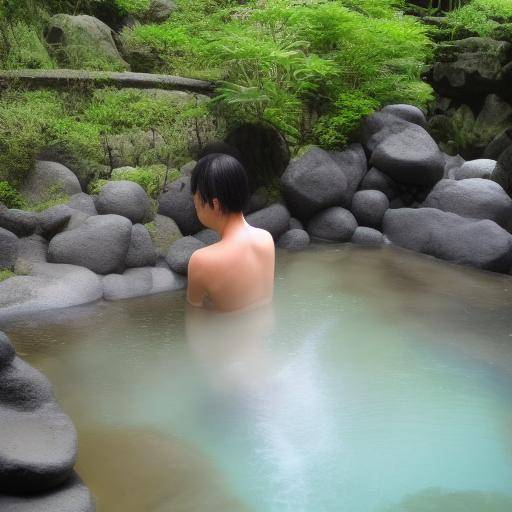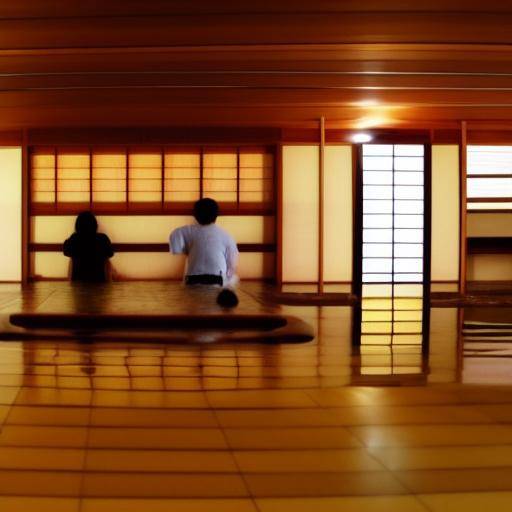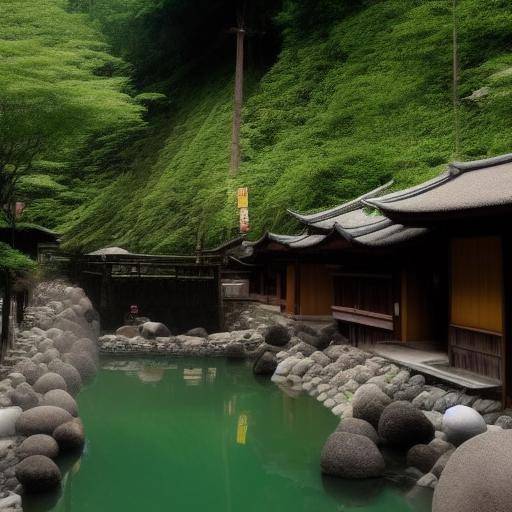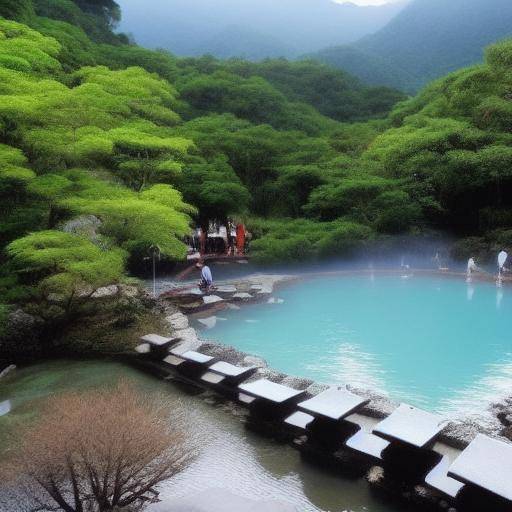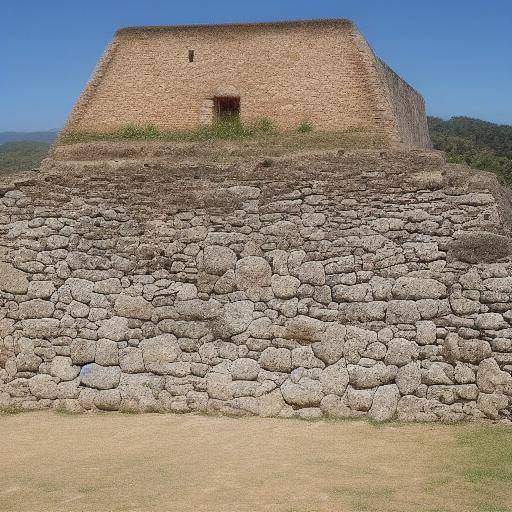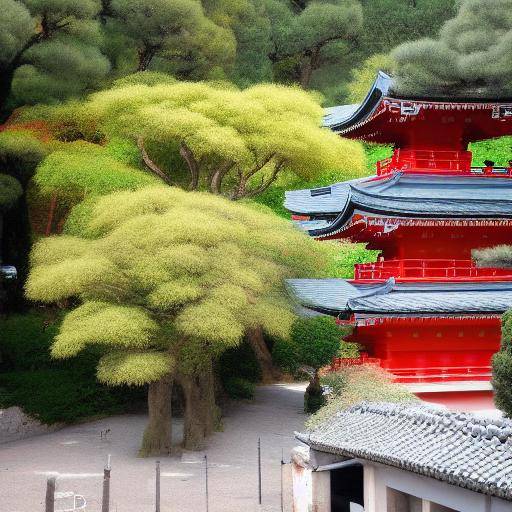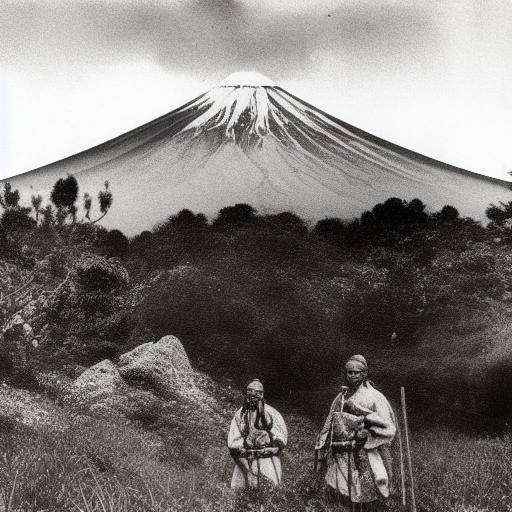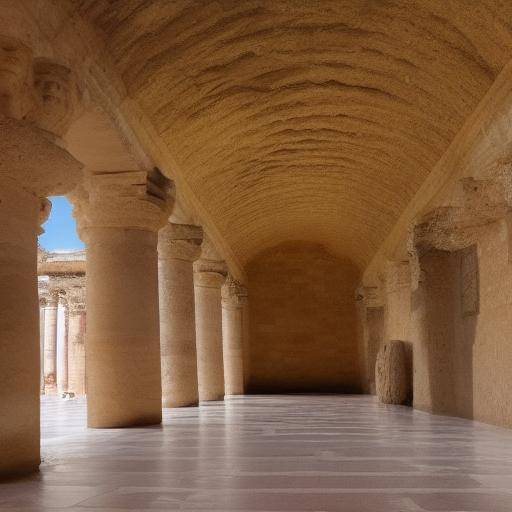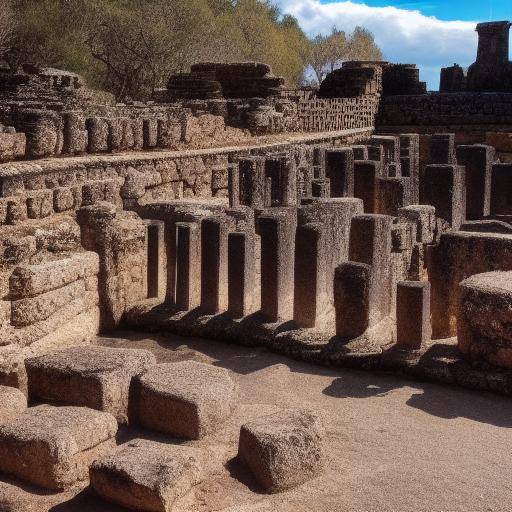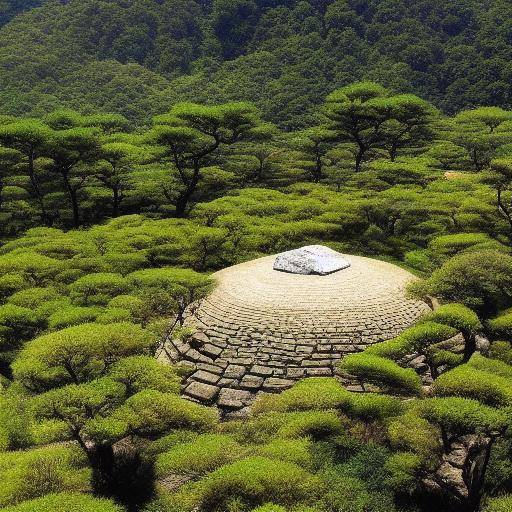
Introduction
In the historic city of Kyoto, Japan, there are some of the most emblematic and beautiful temples in the country. These temples, impregnated with spirituality and traditional Japanese architecture, offer visitors a unique experience, full of peace and serenity. In this article, we will explore the rich history and profound cultural significance of the Temples of Kyoto. In addition, we will discuss how Japanese Buddhism has shaped Japan's spiritual identity over the centuries. From its origins to its influence today, we will immerse ourselves in the incomparable beauty and tranquility of these ancestral shrines.
History and Background
The city of Kyoto, originally known as Heian-kyō, was the capital of Japan for over a thousand years and houses a dense concentration of temples of historical and cultural significance. These temples have roots that go back to the dawn of Buddhism in Japan, when the Buddhist faith was introduced to the country from China in the sixth century. One of the oldest temples is the Hōkan-ji, also known as the Yasaka temple, built in 589.
The spiritual and cultural richness of the Temples of Kyoto is reflected in its architecture, Zen gardens and religious sculptures. During his apogee, Kyoto hosted more than 2,000 temples, making it the epicenter of Japanese Buddhism. Throughout history, many temples have been destroyed and rebuilt due to wars and natural disasters, but their beauty and serenity have endured over time.
Deep analysis
The Temples of Kyoto are more than simple architectural structures; they represent a connection with the divine and are places of reflection and devotion. Meditation and contemplation are common practices in these temples, and their architectural design is carefully linked to the search for spiritual enlightenment.
In addition, these temples have also witnessed crucial moments in Japan's history. During the Sengoku period, they became shelters for many samurai in search of peace and spiritual orientation in times of war and chaos.
Today, Kyoto Temples attract millions of visitors from around the world who seek to experience the spirituality and serenity offered by these historic shrines.
Comprehensive review
The Temples of Kyoto are a testimony to the perfect integration between architecture, the natural environment and spirituality. Through the simplicity and elegance of its design, the temples reflect the profound harmony between humanity and nature, a fundamental concept in Japanese aesthetics.
The practice of Japanese Buddhism in these temples is a tangible manifestation of spirituality and Eastern philosophy, promoting inner peace and equality among all living beings.
Comparative analysis
Although Kyoto Temples are unique in their style and meaning, they share similarities with other temples in Japan and other Asian countries. Its architecture, marked by roofs of tiles and wooden columns, is influenced by Buddhist and symptoistic traditions, revealing the fusion of both beliefs in Japanese culture.
Compared to other styles of temples in Japan, Kyoto Temples are distinguished by their serene elegance and careful integration with the surrounding landscape.
Practical Tips and Accessible Recommendations
If you plan to visit the Temples of Kyoto, we recommend you to dress with modesty and respect for the sacred environment. Before entering the temples, it is tradition to purify the body and mind in the water sources found at the entrance. During your visit, take the time to experience silent meditation and contemplation, and be aware of local practices and rituals.
Sector Perspectives and Views of Experts
Kyoto Temples remain an important tourist attraction in Japan, but they are also sacred places for the local community. Their preservation and maintenance are crucial to their spiritual and historical legacy. Experts on architecture, history and religion agree on the importance of preserving and protecting these cultural treasures for future generations.
Case Studies and Real World Applications
Several temples in Kyoto have been adapted to meet changing needs, serving as places for cultural events, ceremonies and festivals. In addition, many temples offer hospitality to international visitors, offering meditation programs, spiritual retreats and opportunities to explore Japanese Buddhist culture.
Future Trends and Predictions
As Japan faces the challenge of preserving its cultural heritage while adapting to a constantly changing world, Kyoto Temples face the challenge of balancing conservation with evolution. Current trends suggest a renewed interest in spirituality, cultural tourism and authentic experiences, which could provide new opportunities for the diffusion and understanding of the Japanese Buddhist tradition.
Conclusions
In short, the Temples of Kyoto represent a confluence of history, architecture, art and spirituality. Its timeless beauty and continual serenity attract visitors from around the world, offering a unique window to Japan's rich spiritual and cultural heritage. By exploring these temples, one not only finds peace and tranquility, but also a deep connection to Japanese history and philosophy.
Frequently asked questions
What is the most famous temple in Kyoto?
The most famous Temple of Kyoto is the Kinkaku-ji, also known as the "Golden Pavilion". Its impressive golden structure and serene location make it one of Japan's most iconic destinations.
What is the best time to visit the Temples of Kyoto?
The spring, during the flowering of the cherry (sakura), is considered the best time to visit the Temples of Kyoto, as the landscape is filled with beautiful pink flowers.
Is it possible to participate in spiritual ceremonies or practices in the Temples of Kyoto?
Some temples in Kyoto offer special programs that allow visitors to participate in traditional ceremonies, Zen meditation and spiritual retreats, providing an authentic experience of Japanese Buddhist practice.
What is the cultural importance of the Temples of Kyoto in current Japanese society?
The Temples of Kyoto are not only spiritually important, but also play a crucial role in the preservation and promotion of Japanese culture, architecture and tradition. They are an integral part of Japan's cultural identity.
What is the impact of tourism on the Temples of Kyoto?
Tourism has contributed to the international recognition of the Temples of Kyoto, but has also raised challenges in terms of conservation, management of the influx of visitors and preservation of the authenticity of spiritual and cultural experience.
How are the Temples of Kyoto preserved and maintained?
The preservation of the Temples of Kyoto implies a joint effort that includes the application of traditional restoration techniques, the use of indigenous materials and the active participation of the local community in their conservation.
With these frequently asked questions, we hope to have clarified some common doubts about the Temples of Kyoto, providing a more complete perspective on their importance and presence in current Japanese society.
In conclusion, the Temples of Kyoto represent a cultural treasure of incalculable value, not only for Japan, but for the whole world. Their serene beauty and deep connection to Japanese spiritual heritage make them places of amazing importance. When visiting the Temples of Kyoto, tourists have the opportunity to immerse themselves in the rich history and spirituality of ancient Japan, creating unforgettable experiences and leaving a lasting mark on their lives.
We hope that this article has brought you closer to the magnificent essence of the Temples of Kyoto, inviting you to explore this fascinating world of Japanese peace, spirituality and traditional architecture.
External Sources
- History of the Temples of Kyoto Japanese Cultural Studies: Temples and Shrines
- "Japanese Traditional Architecture" Japan National Tourism Organization: Traditional Architecture
- "Japanese Buddhism: Past and Present" - Asia Society: Japanese Buddhism
With these sources, we have enriched the content by providing additional information from reliable and specialized sources.
We concluded this journey through the Temples of Kyoto, wishing it was an enriching and spiritual adventure. Thank you for accompanying us in this exploration of peace, spirituality and traditional Japanese architecture!



